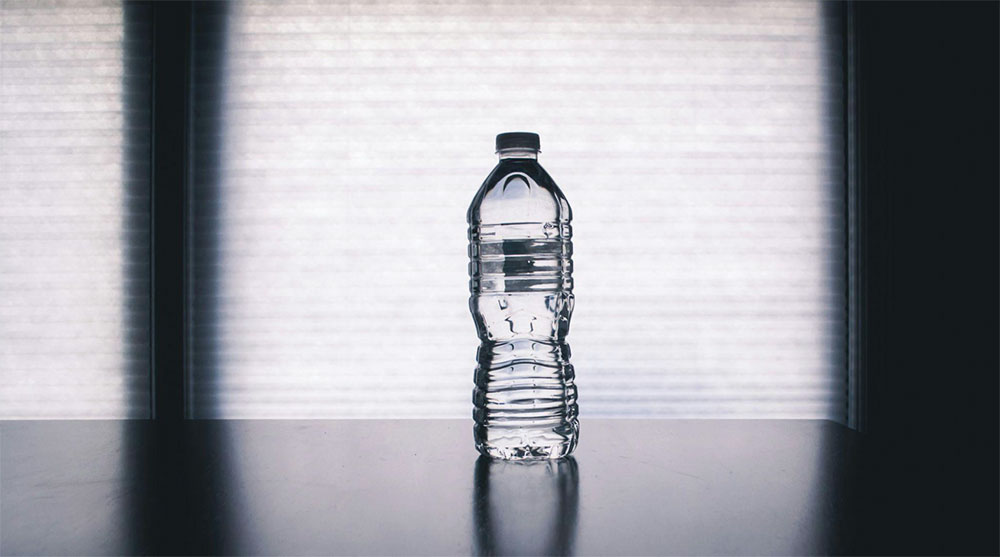Bottled water has become an everyday item for millions, especially in the U.S., where perceptions of purity, safety, and convenience fuel its high demand. Marketing strategies have played a major role, often portraying bottled water as sourced from pristine natural environments, appealing to health-conscious consumers. However, the growing popularity of bottled water has brought attention to the presence of microplastics—tiny plastic particles that pose health and environmental risks.
As Brian Kashman explains, these particles can originate from packaging materials or the bottling process itself. Research has shown that microplastics are alarmingly prevalent in bottled water, but the long-term health effects remain unclear. While ongoing studies aim to clarify the risks, individuals are encouraged to explore safer, more sustainable alternatives.
Why Bottled Water Remains Popular
Bottled water continues to dominate beverage sales in the U.S., with millions choosing it daily over other options. Many consumers associate it with cleanliness and safety, believing it to be more trustworthy than tap water.
Brands often highlight mountain springs or glacier sources on their labels, reinforcing the idea of purity. Combined with the convenience of a sealed, portable container, bottled water becomes a default choice for people on the go. In urban areas with questionable tap water quality, bottled water is often seen not just as a preference but as a necessity.
Despite its popularity, concerns are emerging. Environmental impact and questions about what’s actually inside the bottle—beyond just water—are prompting more scrutiny from both consumers and researchers. This scrutiny has fueled debates on sustainability and transparency within the industry.
Microplastics
Microplastics are tiny plastic particles less than five millimeters in size, often invisible to the naked eye. They are created when larger plastic items degrade over time through exposure to sunlight, heat, or friction. These particles can also originate directly from industrial processes, such as the production of microbeads in cosmetics or synthetic fibers shed during washing. Their small size makes th
In bottled water, microplastics often appear as fragments, fibers, and even tiny spheres. These particles can originate from both the water source and the packaging material itself. Studies have detected a variety of plastics, including polyethylene terephthalate and polypropylene, which are commonly used in bottle manufacturing. Over time, even unopened bottles may accumulate more particles due to chemical and physical degradation.
How Microplastics Enter Bottled Water
Plastic contamination doesn’t just come from polluted water sources; it can occur during the bottling process itself. Machinery used in production lines, plastic tubing, and even the act of sealing the bottle cap can contribute to tiny plastic particles ending up in the final product.
Bottles crammed into pallets, exposed to varying temperatures, or transported over long distances are more prone to shedding particles from their surfaces. Even opening a bottle can release microscopic fragments from the cap into the water. Some studies suggest that agitation during handling may accelerate the breakdown of plastic components.
What Research Reveals
Recent studies have highlighted the widespread presence of microplastics in bottled water across multiple brands and countries. One global survey found that nearly every bottle tested contained plastic particles, with some samples revealing thousands of tiny pieces per liter. These findings have sparked concern among scientists and health agencies alike. The consistency of results across different regions suggests that this issue is not isolated or brand-specific.
The plastics most commonly detected include polyethylene terephthalate and polypropylene—materials widely used in the production of bottles and caps. Researchers believe these particles originate not only from the packaging but also from the bottling equipment and handling processes. Despite the high-tech filtration some companies claim to use, microplastic contamination remains difficult to eliminate entirely.
Health and Safety Considerations
The long-term health effects of microplastic consumption remain unknown. While some particles may pass through the digestive system without harm, others could accumulate or carry harmful chemicals that leach into the body. The potential for microplastics to act as carriers for toxins or disrupt hormonal functions has raised concerns among medical researchers. They are particularly interested in how these particles interact with cells and gut bacteria.
Alternatives
Many are turning to filtered tap water as a safer and more sustainable option, using home filtration systems that meet national safety standards. These filters can greatly reduce not only microplastics but also other potential contaminants such as chlorine and heavy metals. Some municipalities have also begun educating residents on how to test and improve their local water quality.
Reusable containers made from stainless steel or glass are also gaining popularity as people become more conscious of environmental impact. By cutting back on single-use plastics and supporting better water infrastructure, individuals can help reduce plastic pollution while protecting their own well-being.






